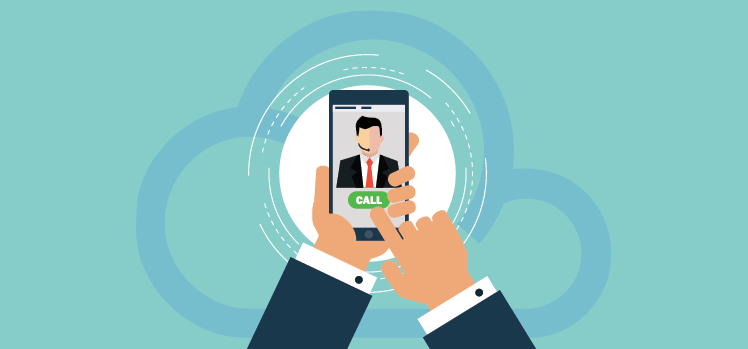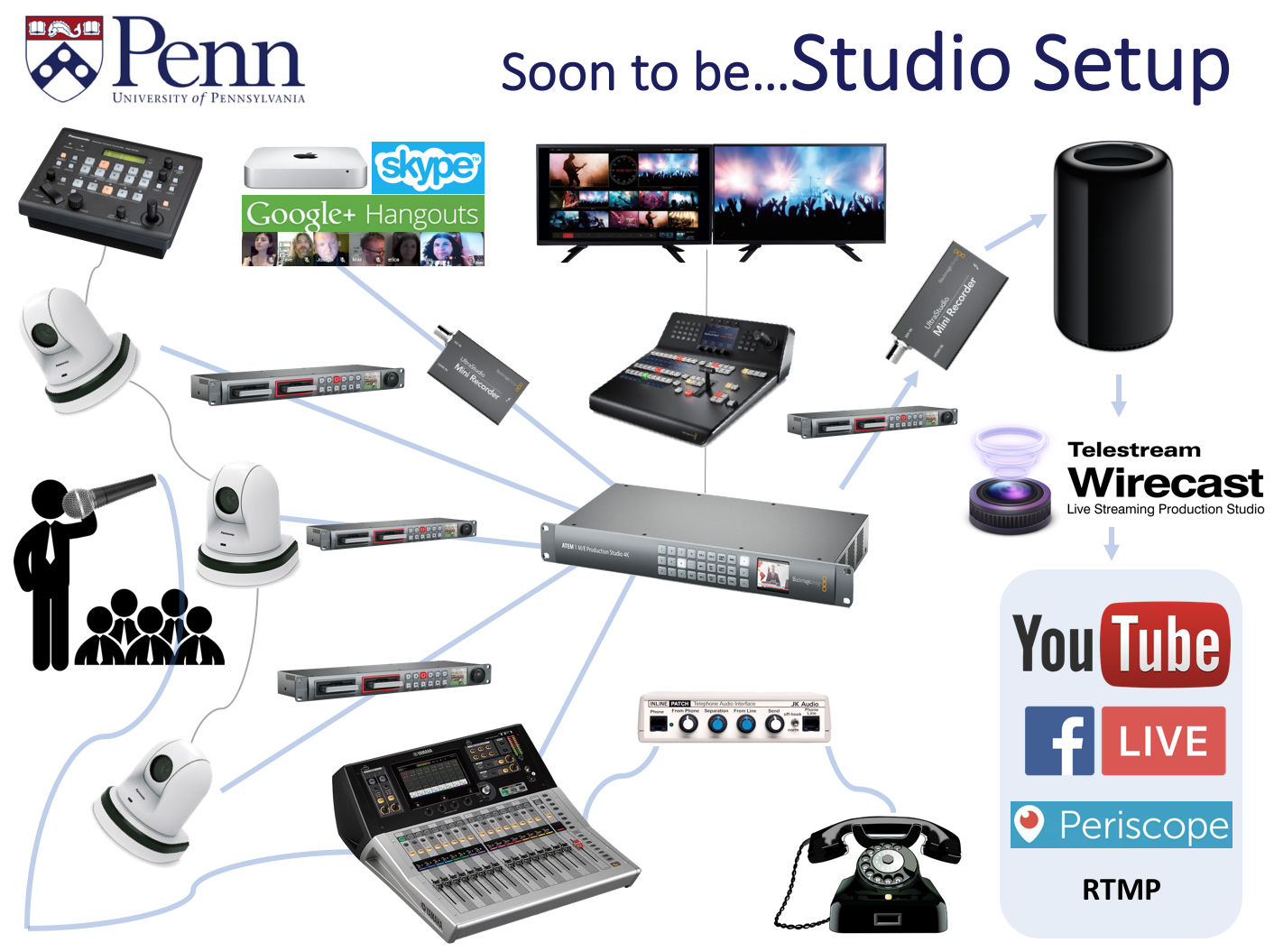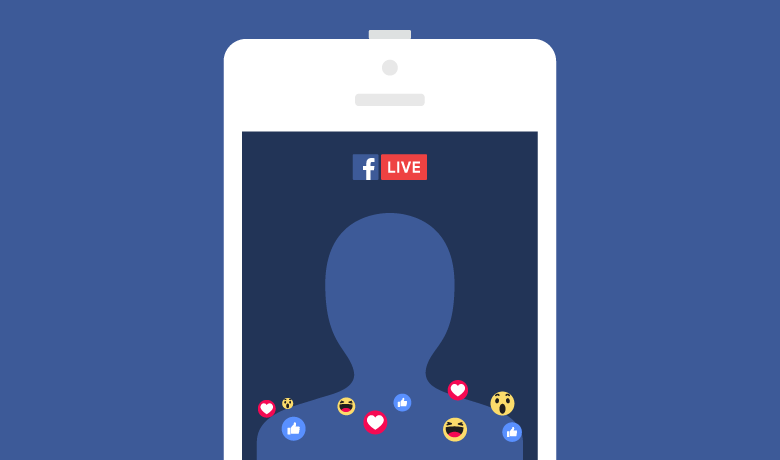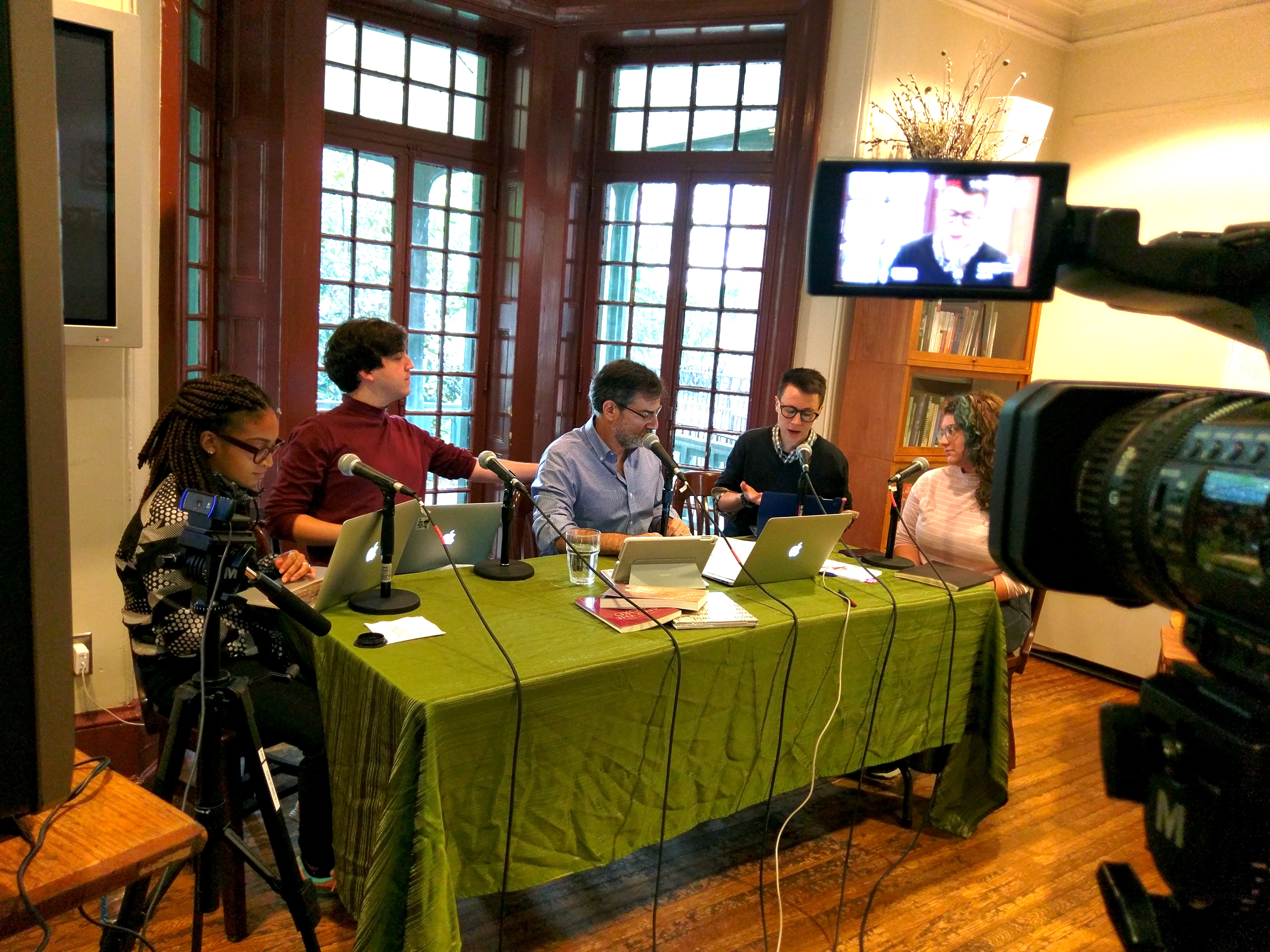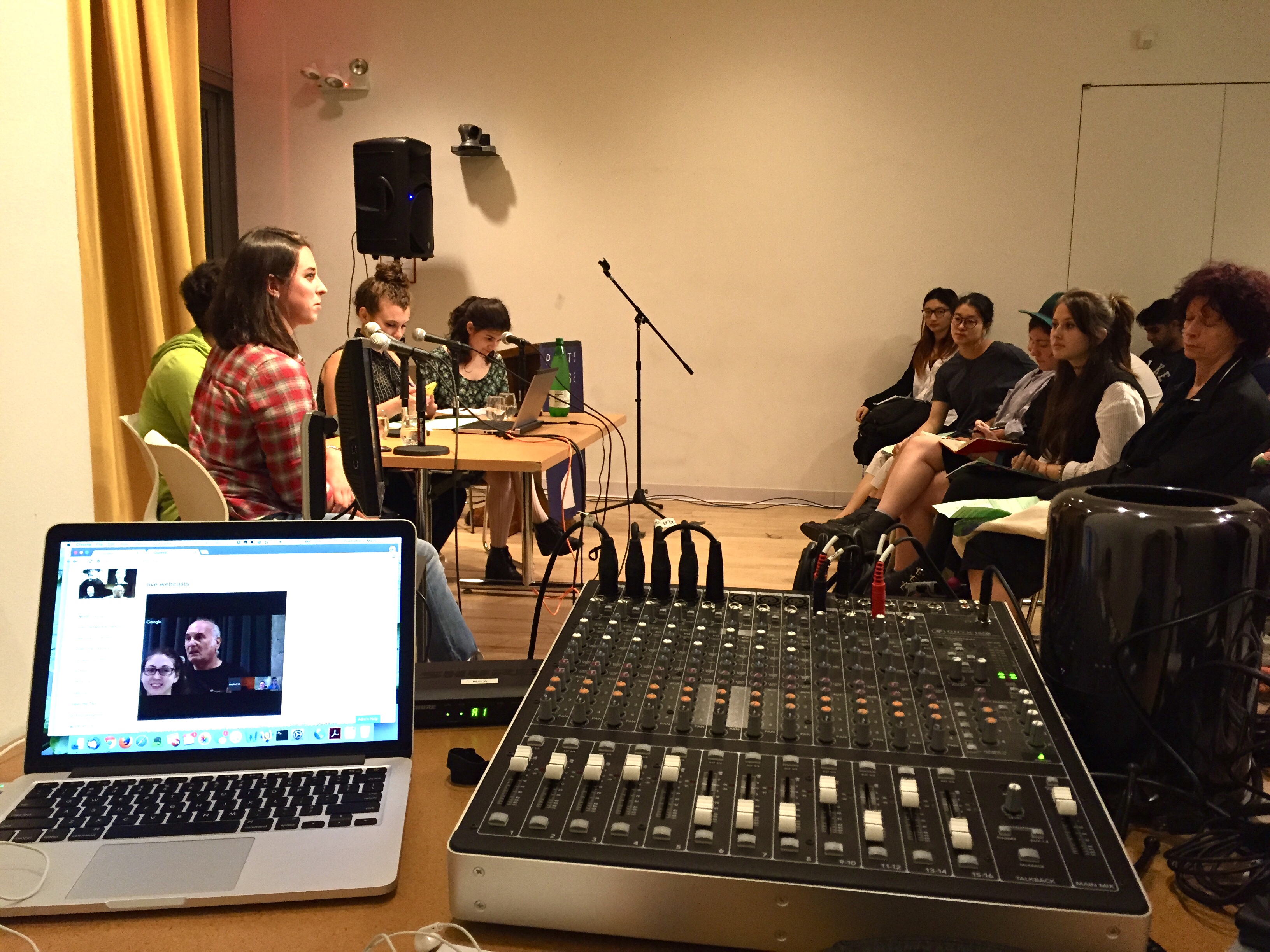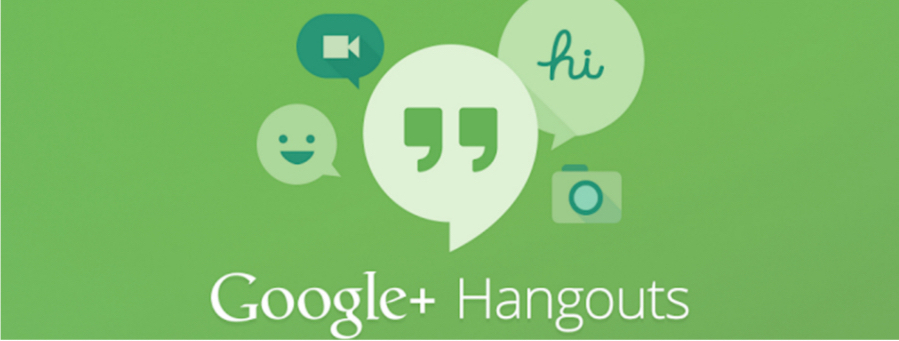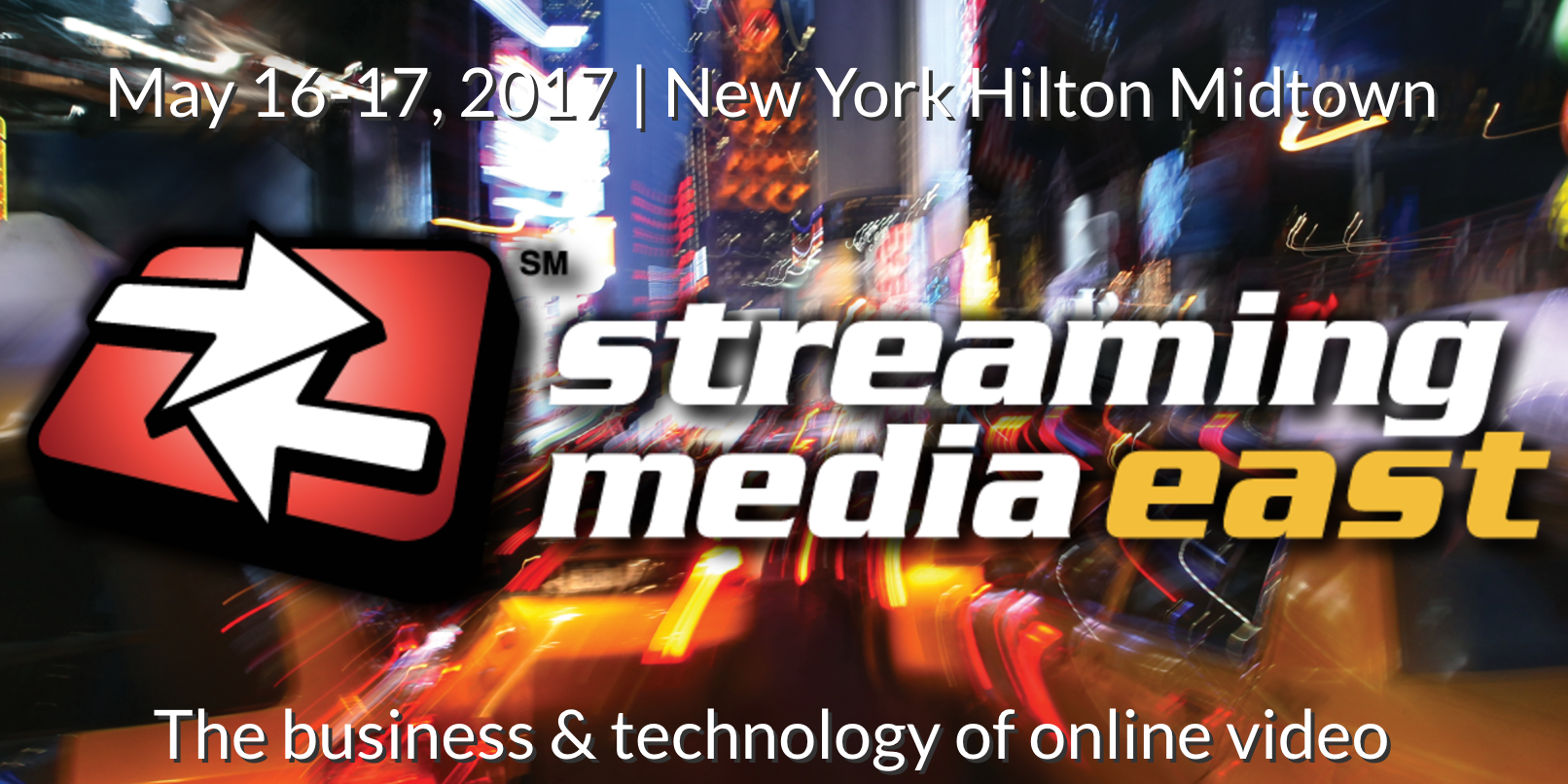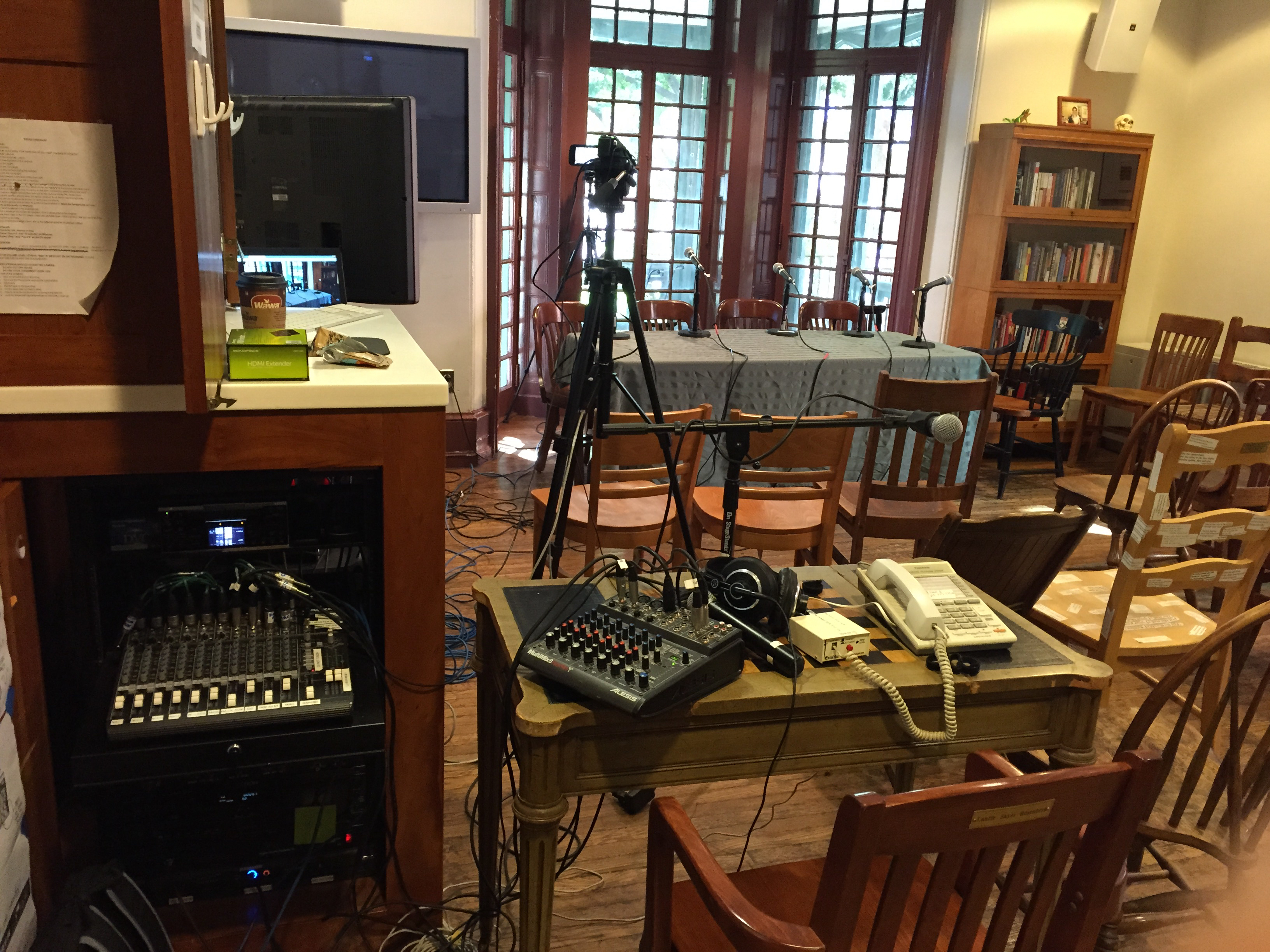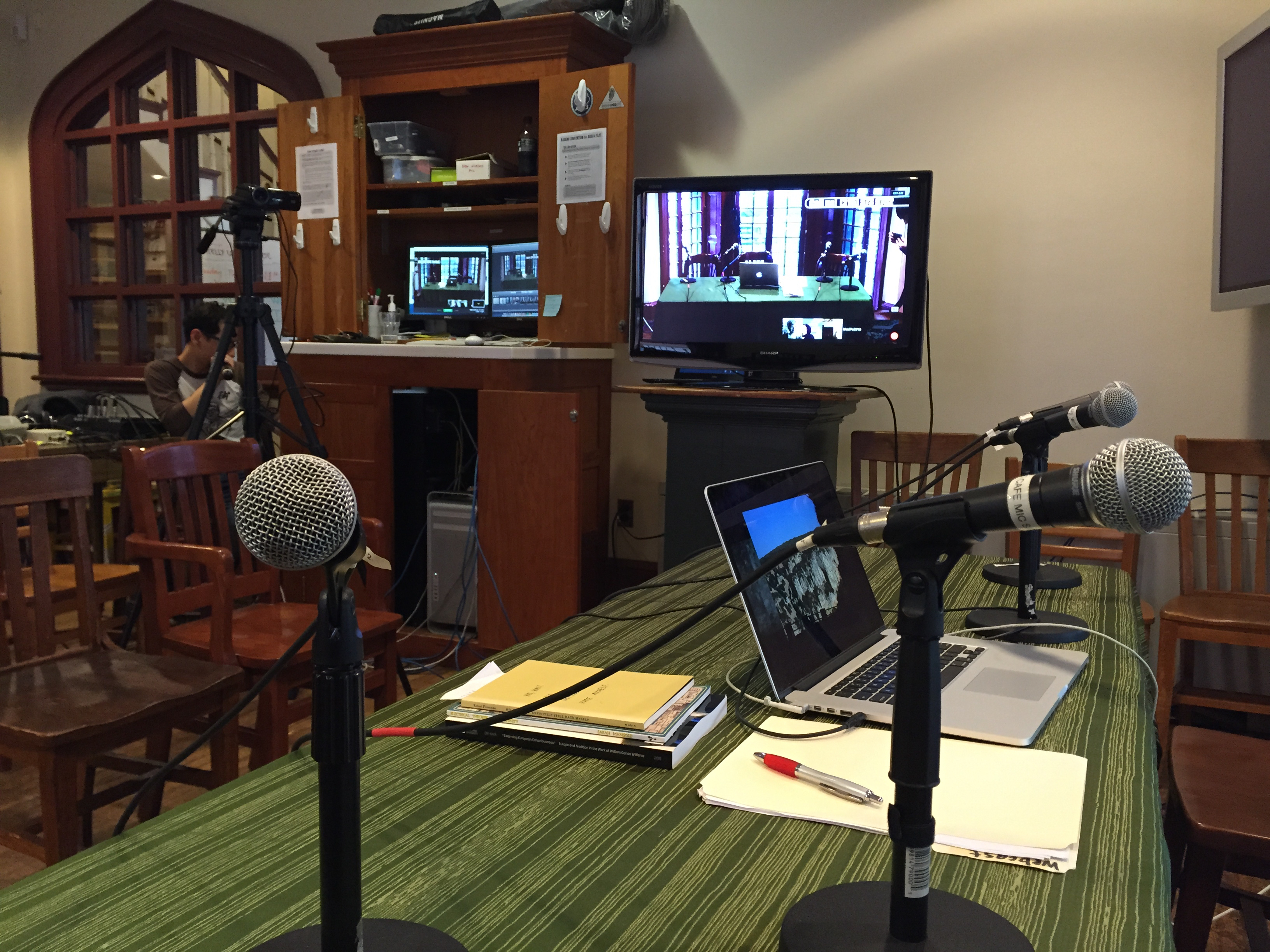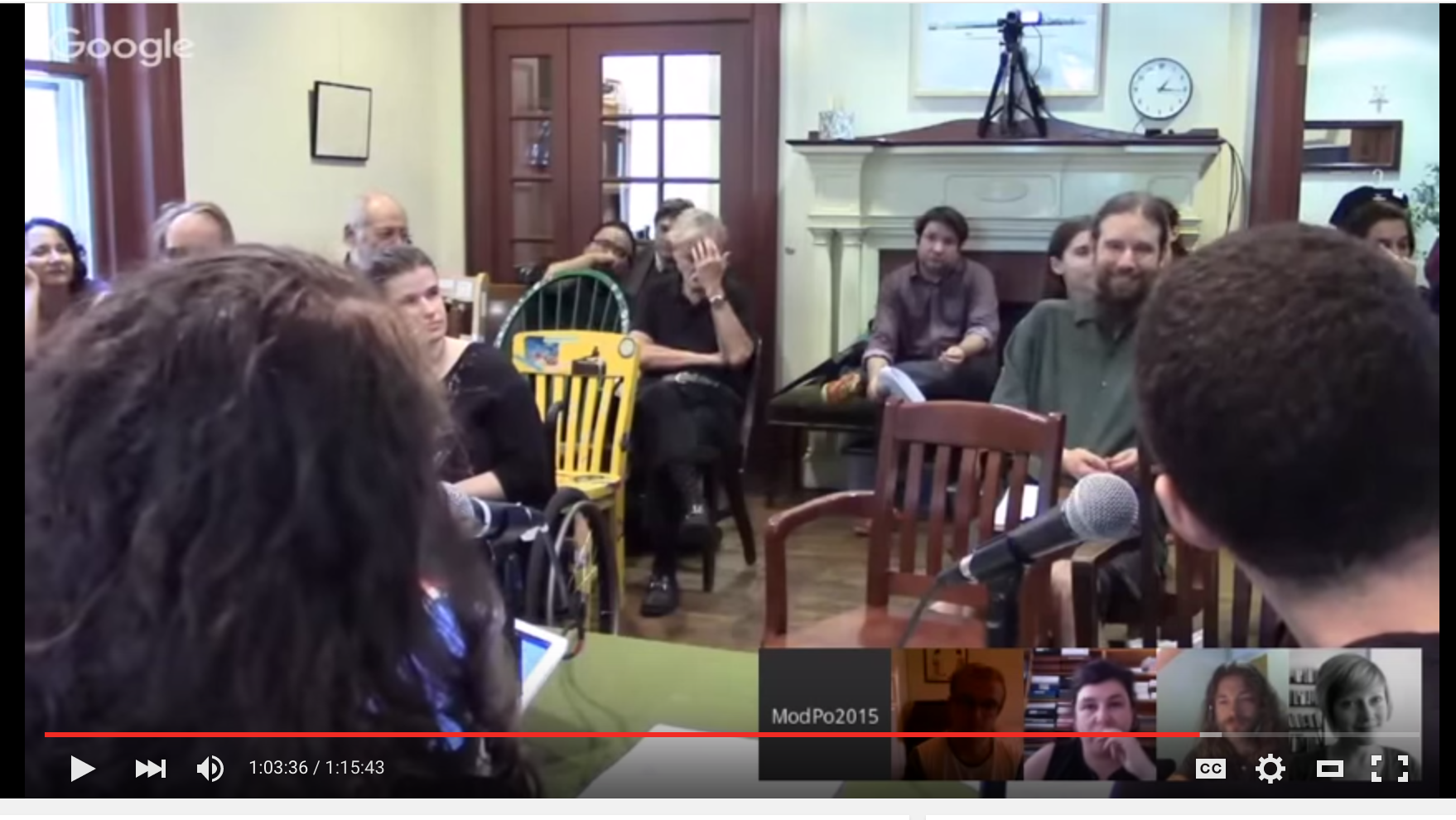To add interactivity to our Zoom live stream events at the Kelly Writers House at the University of Pennsylvania, we like to take phone calls from live viewers on the air, similar to a radio-talk show.
The way it works; A call comes in, I screen the call, alert the hosts and then we put the phone caller on the air live to make their comment or ask their question.
